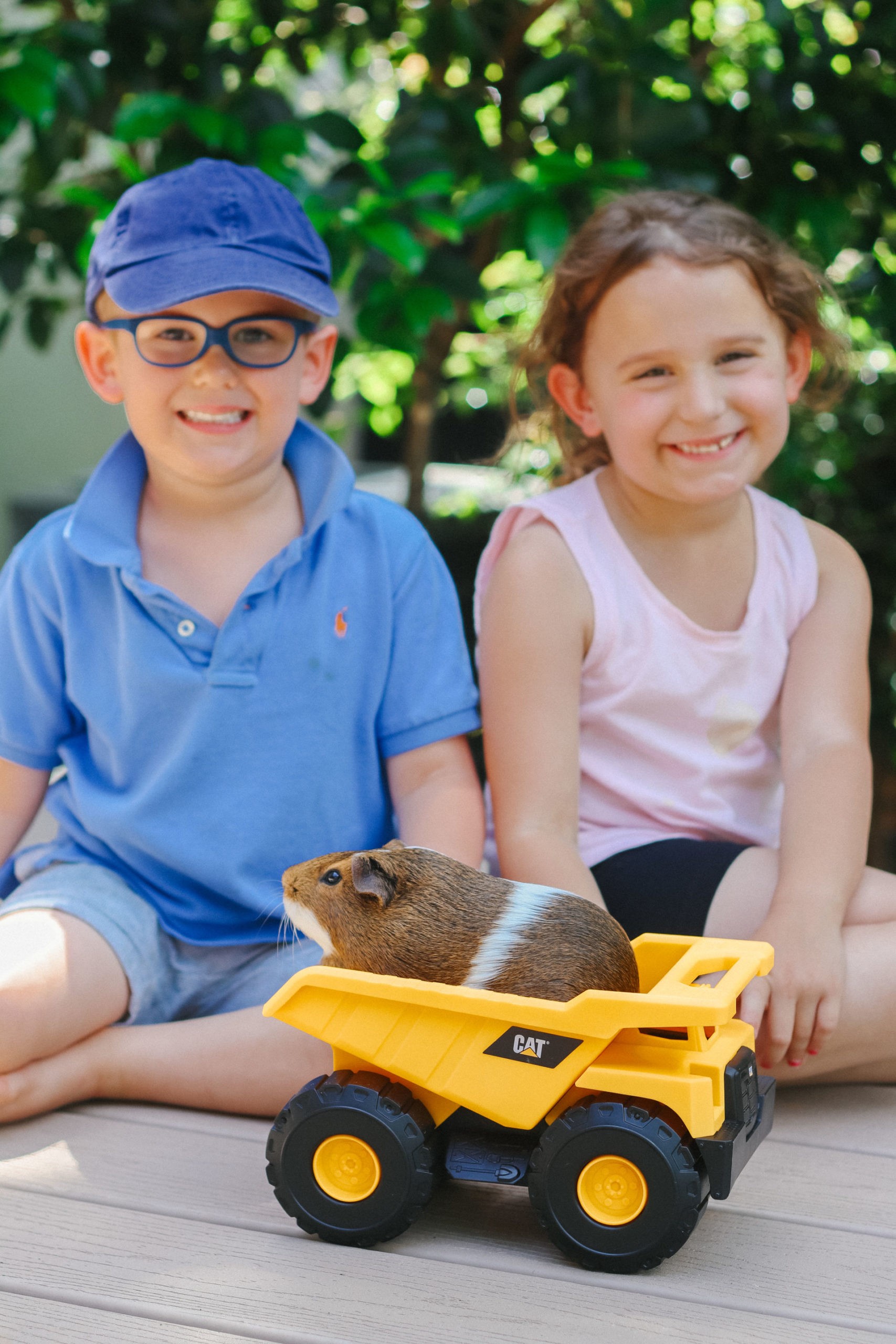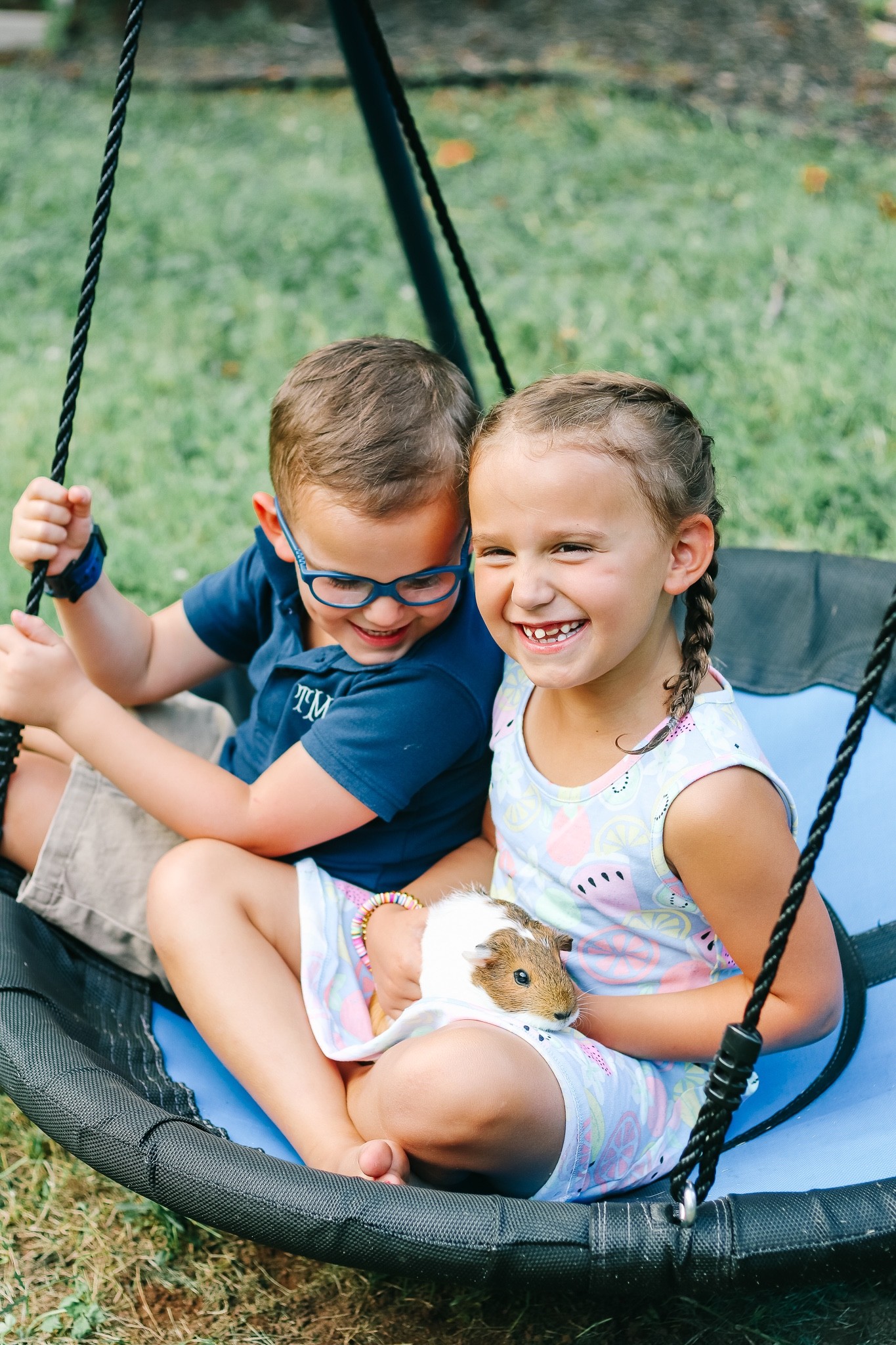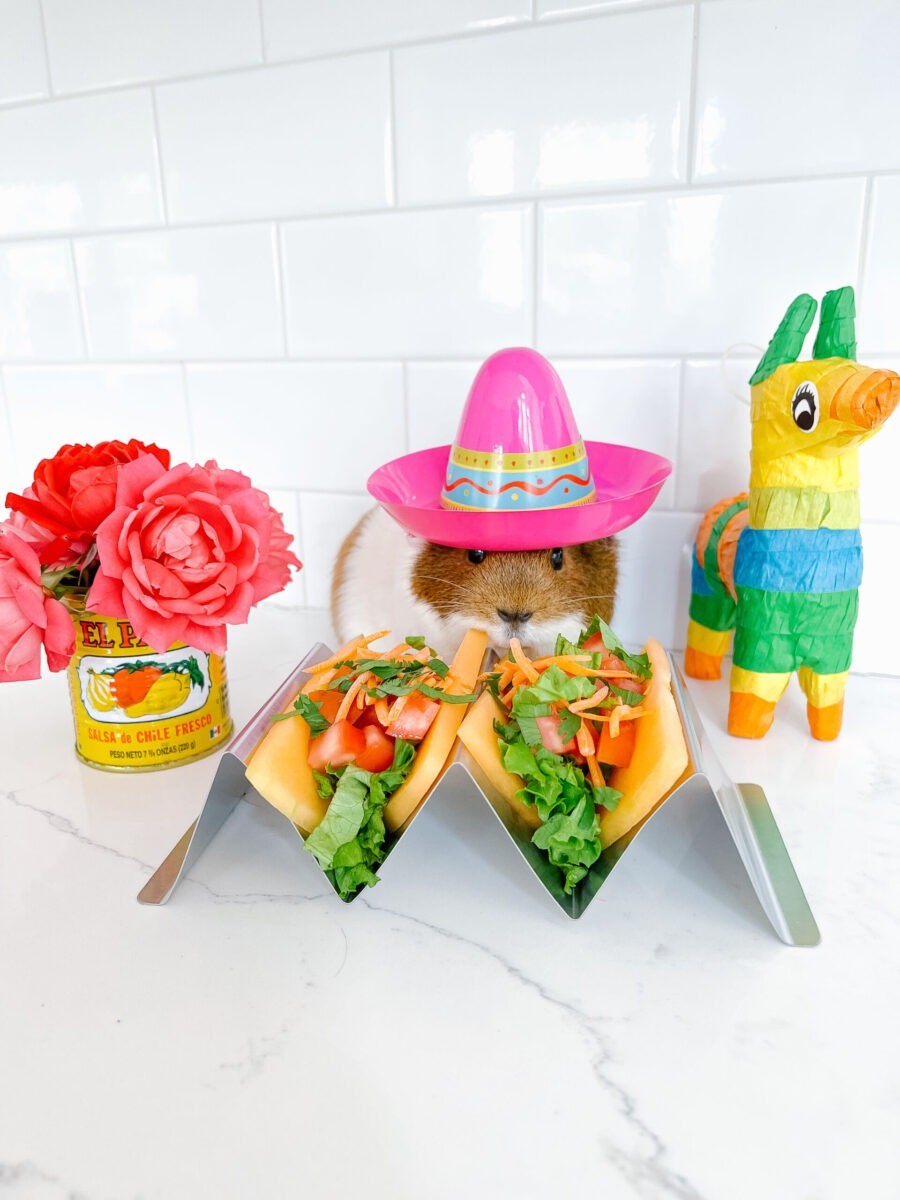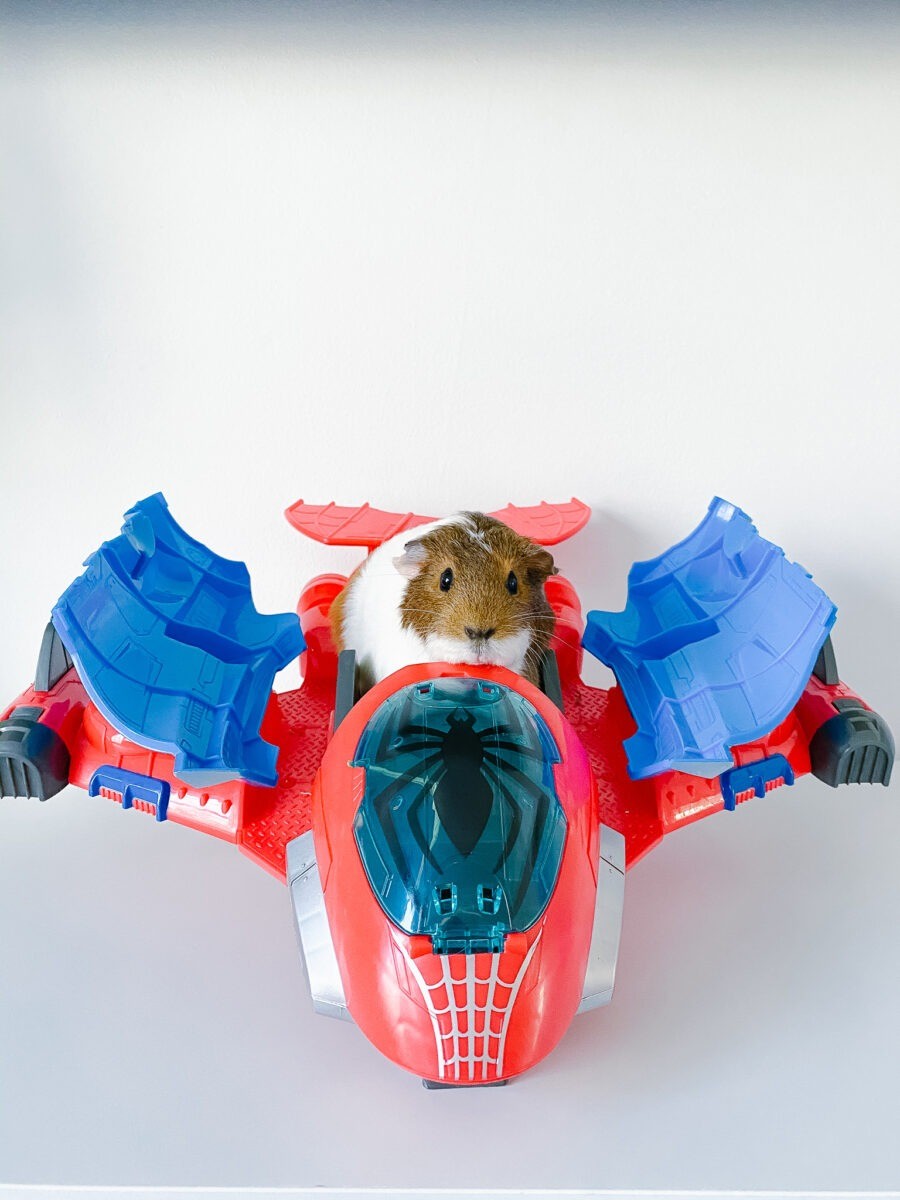Are Guinea Pigs Clean Pets? Discover the truth about guinea pig cleanliness and hygiene practices. At PETS.EDU.VN, we provide an in-depth analysis, practical tips, and expert advice to help you understand and maintain a healthy and happy environment for your furry friend. Learn how to manage their living space, grooming habits, and overall health to ensure a clean and enjoyable experience for both you and your pet. This comprehensive guide covers everything from cage maintenance and bedding choices to dietary needs and health considerations.
1. Understanding Guinea Pig Cleanliness
Guinea pigs, also known as cavies, are naturally quite clean animals. They groom themselves regularly and, unlike some other small pets, they don’t typically have a strong odor. However, their cleanliness largely depends on their environment and the care they receive. A well-maintained cage and proper hygiene practices are essential to keeping your guinea pig healthy and happy. The better you understand their habits, the better you can meet their needs, something PETS.EDU.VN excels at explaining.
1.1 Natural Grooming Habits
Guinea pigs are meticulous groomers, spending a significant portion of their day cleaning their fur. They use their tongues and paws to keep themselves tidy, similar to cats. This self-grooming behavior helps to remove loose fur, dirt, and parasites, contributing to their overall cleanliness. However, they still need your help with certain aspects of hygiene, such as nail trimming and occasional spot cleaning.
1.2 Environmental Factors
The cleanliness of a guinea pig is heavily influenced by its living environment. A dirty or poorly maintained cage can quickly lead to health problems and unpleasant odors. Guinea pigs are prone to bacterial and fungal infections if they are forced to live in unsanitary conditions. Therefore, regular cage cleaning is paramount to their well-being.
1.3 Common Misconceptions
Some people assume that because guinea pigs are small, they don’t require much cleaning. This is a misconception. Guinea pigs produce a significant amount of waste relative to their size, and their cages can become soiled quickly. Overlooking this fact can lead to health issues and a less-than-pleasant living environment for both you and your pet.
2. Setting Up a Clean Living Environment
Creating and maintaining a clean living environment for your guinea pig is crucial for their health and happiness. This involves selecting the right cage, choosing appropriate bedding, and establishing a regular cleaning schedule. Here are detailed steps to ensure your guinea pig’s home is as clean and comfortable as possible.
2.1 Choosing the Right Cage
The cage size is a critical factor in maintaining cleanliness. A larger cage provides more space for your guinea pig to move around, eat, and eliminate waste without being constantly in contact with soiled areas.
- Minimum Size: The minimum recommended cage size for one guinea pig is 7.5 square feet (approximately 30″ x 36″). For two guinea pigs, the cage should be at least 10.5 square feet (approximately 30″ x 50″).
- Material: Opt for a cage with a solid bottom made of plastic or metal. Wire-bottom cages can injure your guinea pig’s feet.
- Ventilation: Ensure the cage has adequate ventilation to prevent the buildup of ammonia from urine.
2.2 Selecting the Best Bedding
The type of bedding you choose can significantly impact the cleanliness of the cage. Different types of bedding have varying levels of absorbency and odor control.
| Bedding Type | Absorbency | Odor Control | Pros | Cons |
|---|---|---|---|---|
| Fleece Liners | Medium | Medium | Soft, reusable, comfortable | Requires frequent washing, may need absorbent layer underneath |
| Paper-Based Bedding | High | High | Dust-free, absorbent, good odor control | Can be expensive, needs regular replacement |
| Wood Shavings (Pine) | Medium | Low | Affordable, readily available | Can be dusty, may contain oils harmful to guinea pigs |
| Wood Pellets | High | High | Very absorbent, good odor control | Can be hard on guinea pig’s feet, requires a layer of softer material |
| Hay | Low | Low | Natural, provides enrichment | Not very absorbent, needs frequent replacement |




2.3 Establishing a Cleaning Schedule
A consistent cleaning schedule is essential to maintaining a hygienic environment for your guinea pig.
- Daily Spot Cleaning: Remove soiled bedding and droppings daily to prevent the buildup of bacteria and odors.
- Weekly Full Cleaning: Replace all bedding and thoroughly clean the cage with warm, soapy water. Rinse well and allow to dry completely before replacing the bedding.
- Monthly Deep Cleaning: Disinfect the cage and accessories (food bowls, water bottles, hideouts) with a pet-safe disinfectant.
3. Guinea Pig Grooming Practices
While guinea pigs are self-groomers, they still require some assistance from their owners to maintain optimal hygiene. Regular grooming not only keeps them clean but also helps to identify potential health issues early on.
3.1 Brushing
Regular brushing helps to remove loose fur and prevent matting, especially in long-haired breeds.
- Frequency: Brush your guinea pig 2-3 times per week, or daily for long-haired breeds.
- Tools: Use a soft-bristled brush or a guinea pig-specific comb.
- Technique: Gently brush in the direction of the fur growth, paying attention to areas prone to matting.
3.2 Nail Trimming
Overgrown nails can be uncomfortable and even painful for guinea pigs. Trimming their nails regularly is an essential part of their grooming routine.
- Frequency: Trim your guinea pig’s nails every 2-4 weeks, or as needed.
- Tools: Use guinea pig-specific nail clippers.
- Technique: Carefully trim the tips of the nails, avoiding the quick (the pink area containing blood vessels and nerves). If you accidentally cut the quick, use styptic powder to stop the bleeding.
3.3 Bathing (When Necessary)
Guinea pigs don’t typically need frequent baths, as they are quite good at keeping themselves clean. However, if your guinea pig gets particularly dirty or has a skin condition, a bath may be necessary.
- Frequency: Bathe your guinea pig only when necessary, no more than once every few months.
- Supplies: Use a guinea pig-specific shampoo or a mild, unscented baby shampoo.
- Technique: Wet your guinea pig’s fur with lukewarm water, avoiding the face and ears. Apply shampoo and gently massage into the fur. Rinse thoroughly and dry with a soft towel. Keep your guinea pig warm until completely dry.
4. Managing Odor and Waste
One of the primary concerns for potential guinea pig owners is managing odor and waste. While guinea pigs do produce waste, there are several strategies to minimize odors and maintain a clean environment.
4.1 Litter Training
Guinea pigs can be litter trained, which can significantly reduce the amount of mess in their cage.
- Litter Box: Provide a small litter box in one corner of the cage.
- Litter Material: Use a different type of bedding in the litter box than you use in the rest of the cage. Paper-based bedding or wood pellets work well.
- Training: Place droppings and soiled bedding in the litter box to encourage your guinea pig to use it. Clean the litter box daily.
4.2 Choosing the Right Food
A balanced diet is essential for your guinea pig’s health and can also impact the amount and consistency of their waste.
- Hay: Provide unlimited access to fresh hay, such as Timothy hay.
- Pellets: Feed a small amount of guinea pig-specific pellets daily.
- Fresh Vegetables: Offer a variety of fresh vegetables, such as romaine lettuce, bell peppers, and cucumbers.
- Water: Ensure your guinea pig always has access to fresh, clean water.
4.3 Effective Waste Management Techniques
Proper waste management is crucial for controlling odors and maintaining a clean cage.
- Daily Spot Cleaning: Remove soiled bedding and droppings daily.
- Ventilation: Ensure the cage has adequate ventilation to prevent the buildup of ammonia.
- Odor Absorbers: Consider using odor-absorbing products, such as activated carbon filters, in the vicinity of the cage.
5. Health Considerations and Hygiene
Maintaining good hygiene is not only about keeping your guinea pig clean but also about preventing health problems. A clean environment can reduce the risk of infections and other health issues.
5.1 Common Health Problems
Poor hygiene can contribute to several common health problems in guinea pigs.
- Respiratory Infections: Ammonia buildup from urine can irritate the respiratory tract, leading to infections.
- Skin Infections: Dirty bedding can harbor bacteria and fungi, causing skin infections.
- Pododermatitis (Bumblefoot): Soiled bedding can lead to inflammation and infection of the feet.
- Parasites: Unclean conditions can attract parasites, such as mites and lice.
5.2 Preventative Measures
Taking preventative measures can help to minimize the risk of health problems.
- Regular Vet Checkups: Schedule regular checkups with a veterinarian experienced in treating guinea pigs.
- Quarantine New Guinea Pigs: Quarantine new guinea pigs for a few weeks before introducing them to your existing pets to prevent the spread of disease.
- Proper Nutrition: Feed a balanced diet to support your guinea pig’s immune system.
5.3 Recognizing Signs of Illness
Early detection of illness is crucial for effective treatment.
- Loss of Appetite: A sudden decrease in appetite can be a sign of illness.
- Lethargy: A guinea pig that is less active than usual may be sick.
- Respiratory Symptoms: Sneezing, coughing, or difficulty breathing can indicate a respiratory infection.
- Skin Problems: Hair loss, redness, or itching can be signs of skin problems.
6. Guinea Pig Behavior and Cleanliness
Understanding your guinea pig’s behavior can help you better manage their cleanliness. Certain behaviors, such as scent marking, can impact the cleanliness of their environment.
6.1 Scent Marking
Guinea pigs use scent marking to communicate and establish territory. They have scent glands around their anal area that they use to mark objects and areas.
- Impact on Cleanliness: Scent marking can contribute to odors in the cage.
- Management: Regular cleaning of the cage and accessories can help to minimize odors from scent marking.
6.2 Social Behavior
Guinea pigs are social animals and often live in groups. Social behavior can impact the cleanliness of their environment, as multiple guinea pigs produce more waste.
- Impact on Cleanliness: Keeping multiple guinea pigs together requires more frequent cage cleaning.
- Management: Ensure the cage is large enough for all guinea pigs and establish a consistent cleaning schedule.
6.3 Play and Exercise
Guinea pigs need regular exercise to stay healthy and happy. Providing opportunities for play and exploration outside of their cage can help to keep their environment clean.
- Impact on Cleanliness: Supervise guinea pigs during playtime to prevent them from getting into dirty or hazardous areas.
- Management: Provide a clean and safe play area for your guinea pig.
7. Guinea Pig Care: A Practical Guide for Cleanliness
Caring for guinea pigs involves several key areas to ensure they remain clean and healthy. These include understanding their dietary needs, providing appropriate housing, and maintaining their overall health. Here’s a practical guide to help you provide the best care for your guinea pig.
7.1. Diet and Nutrition
A balanced diet is crucial for a guinea pig’s health and cleanliness. Here’s what their diet should include:
- Hay: Unlimited access to fresh Timothy hay is essential. It aids digestion and helps wear down their teeth.
- Pellets: Provide a small amount of high-quality guinea pig pellets daily.
- Fresh Vegetables: Offer a variety of fresh vegetables, such as romaine lettuce, bell peppers, and cucumbers.
- Vitamin C: Guinea pigs need daily vitamin C supplementation, either through vitamin C-rich foods or supplements.
7.2. Housing and Environment
The right environment is key to keeping your guinea pig clean and comfortable:
- Cage Size: Ensure the cage is large enough for your guinea pig to move around freely. The minimum recommended size for one guinea pig is 7.5 square feet (30″ x 36″).
- Bedding: Choose appropriate bedding that is absorbent and easy to clean.
- Cleaning: Spot clean the cage daily and perform a full cleaning weekly.
- Temperature: Keep the cage in a room with a stable temperature, away from drafts and direct sunlight.
7.3. Health Maintenance
Regular health checks and preventative care are vital:
- Vet Visits: Schedule regular check-ups with a vet experienced in treating guinea pigs.
- Grooming: Brush your guinea pig regularly to remove loose fur and prevent matting.
- Nail Trimming: Trim their nails every 2-4 weeks to prevent overgrowth.
- Dental Care: Ensure they have access to hay to help wear down their teeth and prevent dental issues.
8. Addressing Common Concerns About Guinea Pig Cleanliness
Many potential owners have questions about the cleanliness of guinea pigs. Here are some common concerns and how to address them:
8.1. Do Guinea Pigs Smell?
Guinea pigs themselves are generally clean and don’t have a strong odor. However, their cage can start to smell if it’s not cleaned regularly.
- Solution: Maintain a strict cleaning schedule, spot cleaning daily and fully cleaning the cage weekly. Use high-quality, absorbent bedding to help control odors.
8.2. Are Guinea Pigs Easy to Litter Train?
Yes, guinea pigs can be litter trained, which can help to keep their cage cleaner.
- Solution: Place a litter box in one corner of the cage and encourage your guinea pig to use it by placing droppings inside. Clean the litter box daily.
8.3. How Often Do Guinea Pigs Need Baths?
Guinea pigs rarely need baths unless they get particularly dirty or have a skin condition.
- Solution: Bathe your guinea pig only when necessary, using a guinea pig-specific shampoo or mild baby shampoo. Be sure to dry them thoroughly after bathing to prevent chills.
9. Products to Help Keep Guinea Pigs Clean
Choosing the right products can make it easier to maintain a clean environment for your guinea pig. Here are some recommended products:
| Product Type | Brand/Example | Description |
|---|---|---|
| Cage Cleaner | Kaytee Clean Cage Habitat Deodorizer | Safe and effective for cleaning and deodorizing guinea pig cages. |
| Bedding | Carefresh Small Pet Bedding | Soft, absorbent, and controls odors effectively. |
| Litter Box | Ware Manufacturing Plastic Lock-N-Litter Pan | Durable and easy to clean litter box for guinea pigs. |
| Shampoo | Gorgeous Guineas Anti-Parasitic Shampoo | Gentle shampoo specifically formulated for guinea pigs to keep their fur clean and healthy. |
| Nail Clippers | JW Pet GripSoft Nail Clippers | Designed for small animals, making nail trimming safe and easy. |
| Brush | Kaytee Small Animal Grooming Brush | Soft-bristled brush for removing loose fur and preventing mats. |
| Water Bottle Cleaner | Choco Nose Water Bottle Cleaning Brush | Keeps water bottles clean and free of bacteria. |
10. Expert Tips for Maintaining a Clean Guinea Pig Environment
Here are some expert tips to help you keep your guinea pig’s environment clean and healthy:
- Use a Kitchen Area: Designate one area of the cage as a “kitchen” where you place the hay feeder and food bowl. This helps to contain the mess and makes cleaning easier.
- Line the Cage with Incontinence Pads: Place incontinence pads underneath the bedding to absorb moisture and make cleaning easier.
- Rotate Fleece Liners: If using fleece liners, have several on hand so you can rotate them weekly.
- Clean Food and Water Dishes Daily: Wash food and water dishes daily to prevent the growth of bacteria.
- Monitor Health Regularly: Keep an eye on your guinea pig’s health and address any issues promptly to prevent them from becoming more serious.
FAQ: Are Guinea Pigs Clean Pets?
Here are some frequently asked questions about guinea pig cleanliness:
- Are guinea pigs clean pets for apartments?
Yes, guinea pigs can be suitable for apartments if their cage is cleaned regularly to manage odors and maintain hygiene. - What bedding is best for keeping guinea pig cages clean?
Paper-based bedding and fleece liners are excellent choices for absorbency and ease of cleaning. - How often should I clean my guinea pig’s cage to keep it sanitary?
Spot clean daily and perform a full cage cleaning weekly to maintain a sanitary environment. - Can guinea pigs be litter trained to help with cleanliness?
Yes, guinea pigs can be litter trained to minimize mess and make cage cleaning easier. - Do guinea pigs need baths, and how often?
Guinea pigs rarely need baths unless they get particularly dirty; bathe only when necessary. - What are the signs of a dirty or unhealthy guinea pig environment?
Signs include strong odors, soiled bedding, respiratory issues, and skin problems in your guinea pig. - How does diet affect the cleanliness of a guinea pig’s cage?
A balanced diet with proper hay and fresh vegetables can help manage waste and maintain cleanliness. - What are the best cleaning products for guinea pig cages?
Use pet-safe cleaners like Kaytee Clean Cage Habitat Deodorizer and mild soap for regular cleaning. - How can I prevent odors from my guinea pig’s cage?
Regular cleaning, absorbent bedding, and proper ventilation are key to preventing odors. - What health issues can arise from a dirty guinea pig cage?
A dirty cage can lead to respiratory infections, skin problems, and other health issues like bumblefoot.
Conclusion: Enjoying a Clean and Happy Guinea Pig
Guinea pigs can indeed be clean and enjoyable pets with the right care and attention. By providing a clean living environment, maintaining proper hygiene practices, and understanding their behavior, you can ensure a happy and healthy life for your furry friend. Remember, a well-cared-for guinea pig is not only a clean guinea pig but also a joyful and loving companion.
At PETS.EDU.VN, we understand the challenges and joys of pet ownership. We are committed to providing you with the most accurate and up-to-date information to help you care for your guinea pig. Our comprehensive resources cover everything from basic care tips to advanced health advice. Whether you’re a first-time owner or an experienced enthusiast, PETS.EDU.VN is your trusted partner in ensuring the well-being of your beloved pet.
For more detailed guides, expert advice, and access to a community of pet lovers, visit PETS.EDU.VN today. Our team of experts is here to help you every step of the way, ensuring that you and your guinea pig enjoy a clean, healthy, and happy life together. Don’t forget to check out our articles on related topics such as guinea pig nutrition, health, and behavior. Your guinea pig deserves the best, and PETS.EDU.VN is here to help you provide it.
Need more personalized advice? Contact us!
Address: 789 Paw Lane, Petville, CA 91234, United States
Whatsapp: +1 555-987-6543
Website: pets.edu.vn
